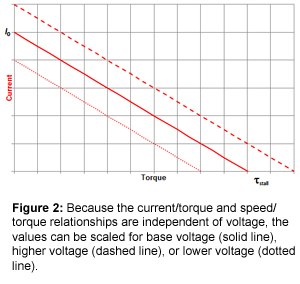And I
never said a motor should be modeled as a resistor. Some folks here want to take issue with me invoking Ohm’s law, which is ludicrous because it is essential to modeling DC motors. The presence of back EMF does not invalidate Ohm’s law, rather it means the equation needs to include back EMF (Eb), i.e., Vin-Eb = IZ, where I is the motor current and Z is the coil impedance. Of course I am glossing over the complexities of commutation, which varies with brushed vs brushless, trapezoidal vs sinusoidal, two phase vs three phase, etc etc. These all go into the gory details of a motor model, of which Ohm’s Law is the backbone. And by the way, once I include impedance, motor friction, air drag, the motor model becomes a set of differential equations. But none of this changes the fact that motor current will increase as I increase input voltage. Which happens precisely because of Ohm’s Law. Which is the only point I was trying to make way back on
Post #8. Which apparently triggered a bunch of people who thought my statement was somehow incorrect, and felt compelled to give me some really strange lessons on electronics.
I’m not sure why I’m bothering to reply to all of these insane posts. I feel like I am being punked.




